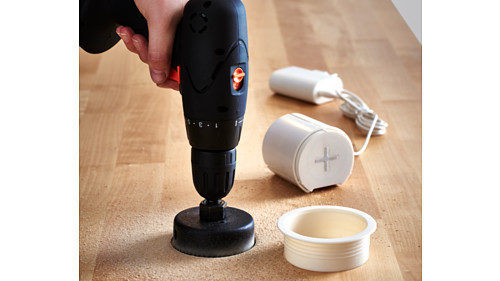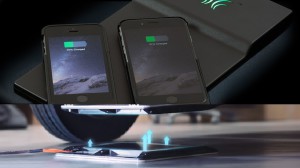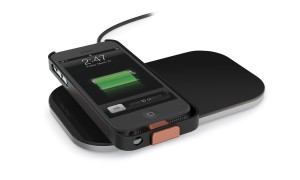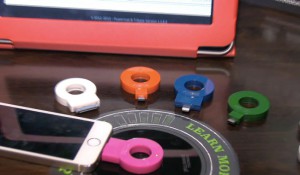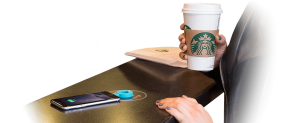 Today, all become “wireless”. Obviously it is much more convenient than having a cable to connect whenever you want to use a device. Who has never cursed these plugs that don’t fit well together? Who has never tried all orientations before succeding to connect a plug when he is in a rush?
Today, all become “wireless”. Obviously it is much more convenient than having a cable to connect whenever you want to use a device. Who has never cursed these plugs that don’t fit well together? Who has never tried all orientations before succeding to connect a plug when he is in a rush?
Wifi, bluetooth and other wireless systems simplify our life since a few years now. It remained a major obstacle that is being thrown: wireless power supplies!
Today, we are seeing appear wireless power systems mainly to charge smartphones. As for example, the famous supplier of furniture IKEA propose systems to add wirelless recharging capability to existing funtitures.
History
The magnetic induction was discovered by Faraday in 1831. In 1888, Hertz built the first transmitter radio improved later by Marconi. Nikola Tesla was a pioneer in the transmission of energy over the air and realized many experiments between 1891 and 1904 [Source wikipedia]. He used tuned coils, the famous Tesla coils, and the principle of magnetic resonance between them to transmit the power. Since then, these technologies have always fascinated. Braun electric toothbrush rechargeable by induction in the 1990s and today known under the Oral-B brand, is a great success. However since the beginning of the 2000s, we see a real enthusiasm with the increase in the number of patents related to the transmission of power over the air and we see practical applications reaching the market today. For example, smartphones are now natively equipped of charging by induction. Today, the war of standards is concerning the adoption by the manufacturers for the objects of our daily lives. Which of them will win ?!
WiPower
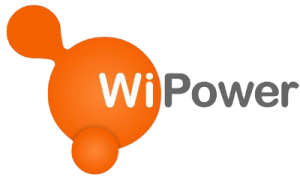 The WiPower company was developed at the University of Florida in 2004 when its founder Ryan Tseng explored the near magnetic fields inductive coupling and developed a transmitter where power is dynamically adjusted at the level requested by the receivers. The system operates in near field, at the contact between a transmitter and objects to recharge, and performance can reach 60 to 90% [Source wikipedia, nytimes]. Since the works were taken over by the Qualcomm company that proclaimed in 2013 the capability to recharge at a distance of 45 mm of the device, allowing a greater freedom of positioning. The transmitter can be placed under a table, in an office or in a wall. Qualcomm and technology WiPower is part of the consortium A4WP (seen below) [Source silicon and cnet with video].
The WiPower company was developed at the University of Florida in 2004 when its founder Ryan Tseng explored the near magnetic fields inductive coupling and developed a transmitter where power is dynamically adjusted at the level requested by the receivers. The system operates in near field, at the contact between a transmitter and objects to recharge, and performance can reach 60 to 90% [Source wikipedia, nytimes]. Since the works were taken over by the Qualcomm company that proclaimed in 2013 the capability to recharge at a distance of 45 mm of the device, allowing a greater freedom of positioning. The transmitter can be placed under a table, in an office or in a wall. Qualcomm and technology WiPower is part of the consortium A4WP (seen below) [Source silicon and cnet with video].
WiTricity
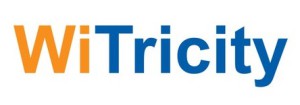 In 2006, the MIT Professor Marin Soljačić (pronounced Soul-ya-cheech) has studied and published theoretical results on wireless transfer of energy by coils at a frequency in the range of 10 MHz. A transmitting coil excited by a signal at a specific frequency generates a magnetic field which will be picked up by a receiving coil, specifically tuned for the right frequency, and will convert magnetic energy into electrical energy. It is a resonant inductive coupling. This technology gave birth to the term WiTricity and the company of the same name in 2007. In this presentation in 2009 at the TED conference, Eric Giler explained the principle of Witricity. A demonstration was done in 2007 in which a bulb of 60W was wirelessly powered at a distance of 100 inches with tuned coils of 24 inches of diameter and at the resonant frequency of 9.9 MHz [Source site WiTricity]. The company says that it is a non-radiating energy transfer mode based on magnetic energy in near-field. Magnetic fields do not interact with biological organisms and WiTricity would remain in safety with existing standards and regulations [source WiTricity/FAQs].
In 2006, the MIT Professor Marin Soljačić (pronounced Soul-ya-cheech) has studied and published theoretical results on wireless transfer of energy by coils at a frequency in the range of 10 MHz. A transmitting coil excited by a signal at a specific frequency generates a magnetic field which will be picked up by a receiving coil, specifically tuned for the right frequency, and will convert magnetic energy into electrical energy. It is a resonant inductive coupling. This technology gave birth to the term WiTricity and the company of the same name in 2007. In this presentation in 2009 at the TED conference, Eric Giler explained the principle of Witricity. A demonstration was done in 2007 in which a bulb of 60W was wirelessly powered at a distance of 100 inches with tuned coils of 24 inches of diameter and at the resonant frequency of 9.9 MHz [Source site WiTricity]. The company says that it is a non-radiating energy transfer mode based on magnetic energy in near-field. Magnetic fields do not interact with biological organisms and WiTricity would remain in safety with existing standards and regulations [source WiTricity/FAQs].
powermat
 The Powermat company was founded in 2006 by Ran Poliakine. The technology is based on inductive coupling between a transmitting and a receiving coils. A communication occurs between the power provider ans the device to exchange information such as an unique ID for each device and requested power. Powermat has created a number of partnership with major companies to provide recharging bases, maintain and sell services based on the identification of users. In 2011 and through company Arconas, airports were equipped with loading terminals. An agreement with General Motors in 2011 aims to integrate this technology into electric cars Chevrolet Volt as soon as 2013.
The Powermat company was founded in 2006 by Ran Poliakine. The technology is based on inductive coupling between a transmitting and a receiving coils. A communication occurs between the power provider ans the device to exchange information such as an unique ID for each device and requested power. Powermat has created a number of partnership with major companies to provide recharging bases, maintain and sell services based on the identification of users. In 2011 and through company Arconas, airports were equipped with loading terminals. An agreement with General Motors in 2011 aims to integrate this technology into electric cars Chevrolet Volt as soon as 2013.
Powermat and Procter & Gamble associated and created the brand Duracell Powermat that manufactures a whole range products for the end users. The group of PMA (see below) was then created to generalize their standards. Agreements with different companies were allowed to integrate loading terminals at Starbucks, JayZ’s 40/40 Club at NYC, Madison Square Garden and some McDonalds restaurants in New York and in Europe.
Standards
Wireless Power Consortium (WPC)
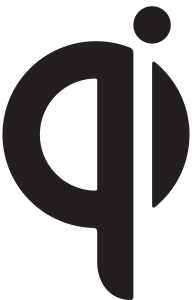 In 2008, several manufacturers (Asus, HTC, Huawei, LG Electronics, Motorola Mobility, Nokia, Samsung, and Sony) created the Wireless Power Consortium (WPC) which aims to create a standard of wireless power transmission. The WPC has developed the standard Qi (pronounced “Chi”) which provides power and allows to recharge mobile devices when they are placed on a special dock by a process of magnetic induction, or inductive coupling, possibly resonant in the latest versions of the specifications. On the site of the WPC, we can see that this standard is limited to powers less of 5 Watts in order to being totally safe for human and the environment. But this is sufficient for most of small mobile devices of daily life. The main objective is to charge batteries of these devices which should be at a very short distance from charging cradle (a few millimeters). In addition to the transfer of energy, the system implements a complex communication between the charging dock and the device to identify it, to configure transmission of power and to ensure that it is no loss in a parasitic object close by checking the energy actually transmitted (PMOD: Parasitic Metal Object Detect and FOD: Foreign Objetc Detection). Indeed, if small metallic objects absorb part of the transmitted energy, they may become hot due to the eddy currents and could possibly pose a risk of burns or fire. Thus the Qi standard is more secure in terms of maximum radiated energy and control of the destination of the emitted energy. The system includes means of energy transfer by induction but also communication between transmitter and receiver to certify the device and adjust the power needed, as seen in the figure below.
In 2008, several manufacturers (Asus, HTC, Huawei, LG Electronics, Motorola Mobility, Nokia, Samsung, and Sony) created the Wireless Power Consortium (WPC) which aims to create a standard of wireless power transmission. The WPC has developed the standard Qi (pronounced “Chi”) which provides power and allows to recharge mobile devices when they are placed on a special dock by a process of magnetic induction, or inductive coupling, possibly resonant in the latest versions of the specifications. On the site of the WPC, we can see that this standard is limited to powers less of 5 Watts in order to being totally safe for human and the environment. But this is sufficient for most of small mobile devices of daily life. The main objective is to charge batteries of these devices which should be at a very short distance from charging cradle (a few millimeters). In addition to the transfer of energy, the system implements a complex communication between the charging dock and the device to identify it, to configure transmission of power and to ensure that it is no loss in a parasitic object close by checking the energy actually transmitted (PMOD: Parasitic Metal Object Detect and FOD: Foreign Objetc Detection). Indeed, if small metallic objects absorb part of the transmitted energy, they may become hot due to the eddy currents and could possibly pose a risk of burns or fire. Thus the Qi standard is more secure in terms of maximum radiated energy and control of the destination of the emitted energy. The system includes means of energy transfer by induction but also communication between transmitter and receiver to certify the device and adjust the power needed, as seen in the figure below.
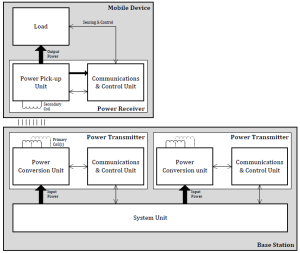
The standard went from version WPC 1.0 in 2009, limited to the small powers of less than 5 Watts, to version WPC 1.1 in 2011 which supports medium-sized up to 15 Watts power levels, more possible transmitters, improved detection of foreign objects and the ability to supply a transmitter with a USB charger. By 2015, the applications covered by a wireless power appear to be the kitchen. In this domain, several companies and consortia are considering wireless appliances with higher power until the kilowatt. Recently, the company PowerbyProxi joined the WPC, providing an important know-how and a large portfolio of patents on their technology of resonant inductive coupling, to add a resonant part to the standard Qi (source: WPC news of the 19th february of 2015).
The standard Qi is already present in most recent smartphones and integrated in IKEA furniture.
Power Matters Alliance (PMA)
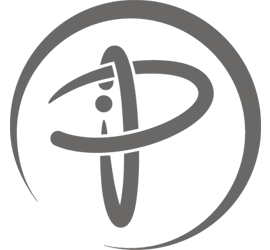 The PMA organization founded by Powermat technology and Procter & Gamble in 2012, includes several big players like Duracell, AT & T, Starbucks and Flextronics. PMA promotes its standard for the transmission of wireless energy based on an inductive coupling, a system of communication between transmitter and receiver and a management of the energy into the Cloud [Source cnet, wikipedia].
The PMA organization founded by Powermat technology and Procter & Gamble in 2012, includes several big players like Duracell, AT & T, Starbucks and Flextronics. PMA promotes its standard for the transmission of wireless energy based on an inductive coupling, a system of communication between transmitter and receiver and a management of the energy into the Cloud [Source cnet, wikipedia].
The Alliance For Wireless Power (A4WP)
 The A4WP consortium was founded in 2012 and relies on the Rezence technology which is capable of transmitting up to 50 Watts at a distance of 2 inches. The magnetic field frequency is 6.78 MHz and the device is dimensioned to supply until 8 devices simultaneously. It understands a communication system based on Bluetooth Low Energy for the power control and identification of authorized devices. This consortium includes companies Broadcom, Gill Electronics, Integrated Device Technology (IDT), Intel, Qualcomm, Samsung Electronics, Samsung Electro-mechanics and Witricity.
The A4WP consortium was founded in 2012 and relies on the Rezence technology which is capable of transmitting up to 50 Watts at a distance of 2 inches. The magnetic field frequency is 6.78 MHz and the device is dimensioned to supply until 8 devices simultaneously. It understands a communication system based on Bluetooth Low Energy for the power control and identification of authorized devices. This consortium includes companies Broadcom, Gill Electronics, Integrated Device Technology (IDT), Intel, Qualcomm, Samsung Electronics, Samsung Electro-mechanics and Witricity.
The war of standards
Since the beginning of the 2000s, we can observe attempts to eliminate the need of cables for the power supply. Several companies were created with different approaches and their lots of patents. However, all are moving to rely on a resonant inductive coupling. The differences are in the protocol, the communication between the transmitter and the receivers, the emitted power or the received power control. More recently, standards attempt to emerge and to combine the technologies of wireless charging of the various actors on the market. The Qi standard seems more prevalent than his two rivals PMA and Rezence. However, the WPC was created in 2008 while the PMA and the A4WP exist only since 2012. It could evolve soon because PMA and A4WP have signed an agreement on the January 5, 2015 for a merger around mid-2015 after more than a year of collaboration. The objective is to join their forces to accelerate the adoption of their charging wireless standards and “combine the best technology of energy transfer with innovative cloud-based services” according to Ron Restnick, president of the PMA.
The three emerging standards gather most of the major manufacturers of electronic devices who are directly concerned to integrate charging wireless technology in their future products, but also the majority brands of restoration, distribution or furniture to promote it and make it available to the users.
In the diagram below, standards and the most important players are represented. For now, many important companies adhere to different consortia because they do not know which of them would be adopt by the general public. Sometimes, manufacturers try to develop solutions that can be compatible with several standards for a practical reason: the adoption of their products by consumers .
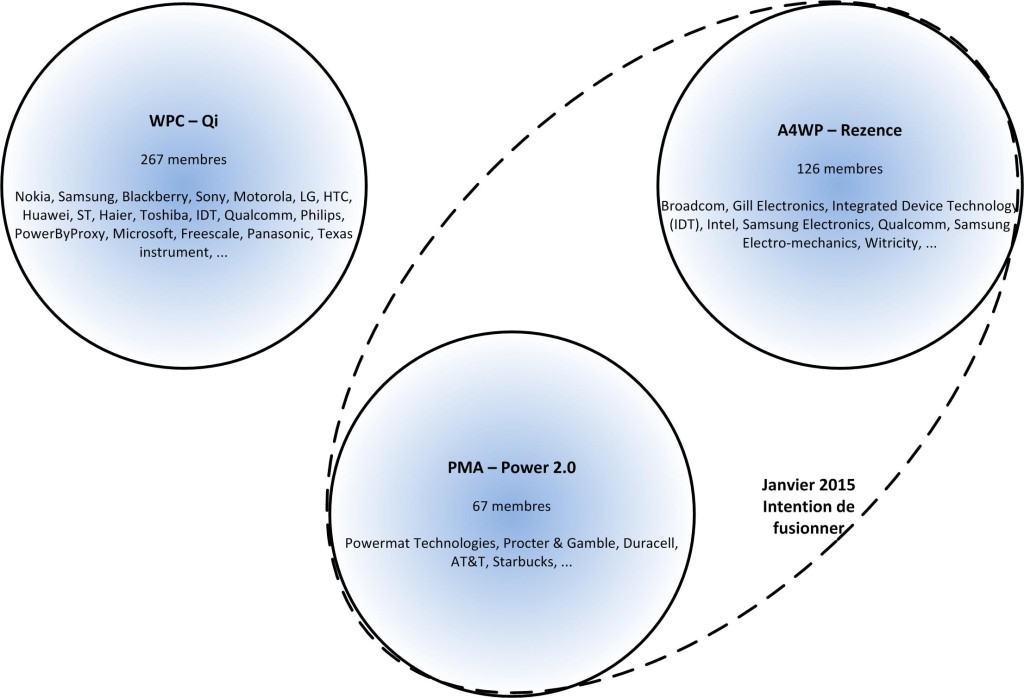 And after?
And after?
Tomorrow’s world will be wireless! It is already true for the communication, and much more with Internet of Things, but it will be definitive when we will no longer need to connect our mobile devices to recharge them. Critics would pointed out health hazard but it is obvious it will be convenient to always have its mobile devices available without thinking of them or to limit use of batteries in devices at home!
For example, this project funded on Kickstarter aims to commercialize wireless lighting balls for the Christmas tree which can be controlled via smartphones.
 In the kitchen of tomorrow, appliances could no longer need cables! With the new resonant inductive coupling Qi standard, mixer, food processor and coffee machine on our work surface could be powered directly without cable according to John Perzow, head to the WPC market development. Rather than having a huge magnetic field throughout the volume of the room which would be a loss of energy, the WPC plans to propose specific locations on the countertop, always according to John Perzow. Many important manufacturers such as LG, Samsung, Panasonic and Philips are concerning and furniture manufacturers, as IKEA, consider integrating such systems into their kitchen furniture. Competitors are also interested at this domain and the Power Matters Alliance has already demonstrated a such concept to the CES of 2009.
In the kitchen of tomorrow, appliances could no longer need cables! With the new resonant inductive coupling Qi standard, mixer, food processor and coffee machine on our work surface could be powered directly without cable according to John Perzow, head to the WPC market development. Rather than having a huge magnetic field throughout the volume of the room which would be a loss of energy, the WPC plans to propose specific locations on the countertop, always according to John Perzow. Many important manufacturers such as LG, Samsung, Panasonic and Philips are concerning and furniture manufacturers, as IKEA, consider integrating such systems into their kitchen furniture. Competitors are also interested at this domain and the Power Matters Alliance has already demonstrated a such concept to the CES of 2009.
Thus, mobile devices would constantly recharge at home or in certain public places that offer the service (like Mc Donald’s, Starbucks,…). We would no longer have to worry about the battery level. Moreover, we can imagine simply put our kitchen appliances on the countertop without worrying about the unsightly electrical plugs and wires that are lying on the dirty countertop when we cook. We can imagine too that all the small devices like clocks, alarm clocks, temperature sensors, remotes, etc… would be dispensed of batteries and it could be a good point for the ecology!

